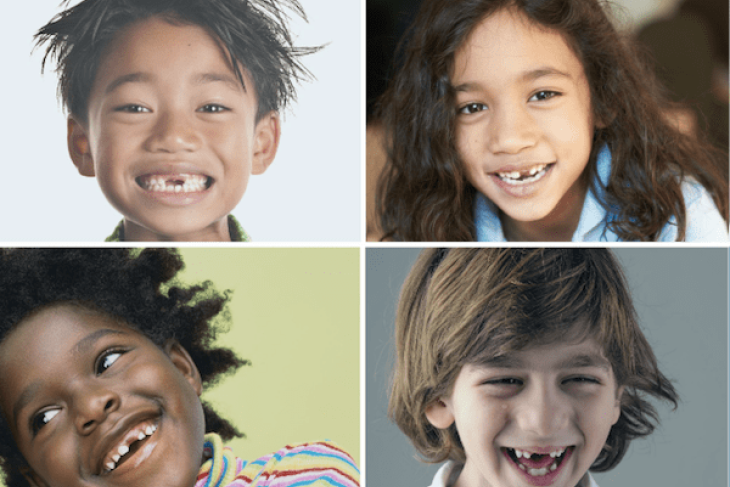Schools have long failed to cultivate the innate talents of many of their young people, particularly high-ability girls and boys from disadvantaged and minority backgrounds. This failure harms the economy, widens income gaps, arrests upward mobility, and exacerbates civic decay and political division.
A new Fordham study, Is There a Gifted Gap?: Gifted Education in High-Poverty Schools, addresses these issues. Researchers Christopher Yaluma and Adam Tyner examined the extent to which access to and participation in gifted programs vary for different groups of students, particularly in high-poverty schools. Here’s what they found:
- More than two-thirds of elementary and middle schools have gifted programs.
- Overall, high-poverty schools are just as likely as low-poverty schools to have them.
- Yet students in low-poverty schools are more than twice as likely to participate in such programs.
- Even when black and Hispanic students have gifted programs in their elementary and middle schools, they participate at much lower rates than their peers.
- In schools with gifted programs, only Maryland, Kentucky, and New Hampshire enroll more than 10 percent of the state’s black and Hispanic students in those programs; in twenty-two states it’s less than 5 percent.
Increasing the participation of qualified yet underrepresented students in gifted programming in elementary and middle schools would change the trajectories of these children and gradually lessen social and economic inequality. We offer three recommendations to help on this front:
- Consider universal screening and other ways to streamline identification processes and make them more equitable.
- Identify students for gifted programs using local norms.
- Counter bias in identifying and serving minority gifted students.
For tomorrow’s leaders to reflect America’s diversity, today’s schools must cultivate able kids from every kind of background. Toward that end, first-rate gifted programming in high-poverty schools can contribute a great deal.

